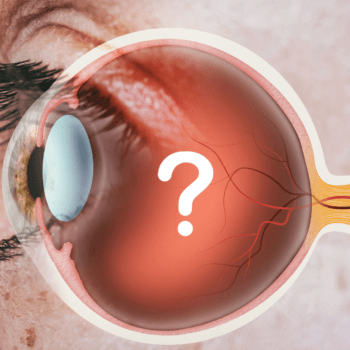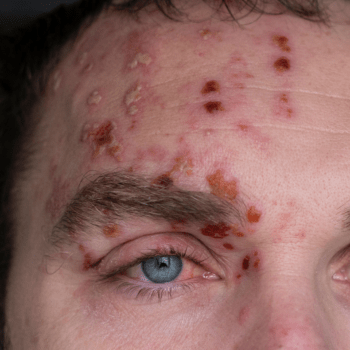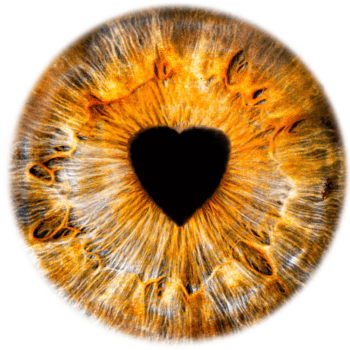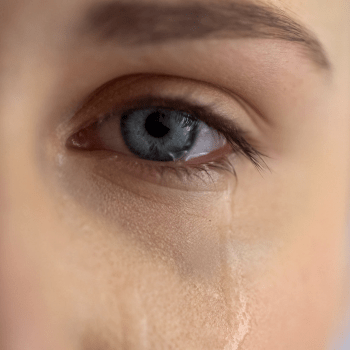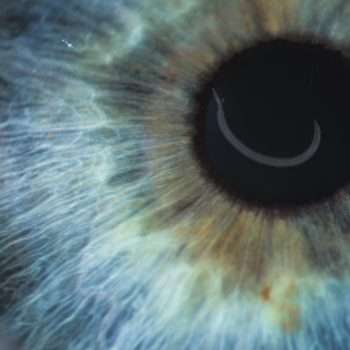When discussing eye health, people commonly talk about two conditions: glaucoma and cataract. Although both conditions can affect vision, they differ significantly in their causes, symptoms, and treatments. In this article, we will examine glaucoma and cataract in detail to explore their differences. What is Glaucoma? Glaucoma damages the optic nerve, which transmits visual information...
Category: Eye Diseases
HOW TO RECOGNIZE SHINGLES AROUND THE EYE: HERPES ZOSTER OPHTHALMICUS
Introduction: The varicella-zoster virus, which also causes chickenpox, causes Herpes Zoster Ophthalmicus (HZO). HZO specifically affects the ophthalmic branch of the trigeminal nerve, which provides sensation to the forehead, scalp, and the front of the head, as well as the eye and its surrounding structures. It can cause a painful rash, vision problems, and in...
TOP 10 EYE DISEASES AND THEIR SYMPTOMS: AN OVERVIEW OF COMMON EYE DISEASES AND WARNING SIGNS
Given the critical role that our eyes play in our daily lives, eye health is a crucial component of overall health. They enable us to see our surroundings and carry out daily activities. But just like any other body part, the eyes are susceptible to several illnesses and conditions that can impair vision, cause discomfort,...
AN OVERVIEW OF INFLAMMATION INSIDE THE EYE: UVEITIS
Uveitis refers to ocular inflammation or swelling inside the eye. It typically impacts the uvea, middle layer of the eye, but it can also affect other crucial eye structures which could result in permanent vision loss. The uveal layer is present between the retina (light-sensitive layer at the back of the eye) and the sclera...
EYE WATERING: CAUSES AND TREATMENT
NORMAL TEAR DYNAMICS: The lacrimal gland is responsible for making tears. Tears spread across the ocular surface as a result of the eyelids movement. The normal anatomy of the eyelid margins determines the proper tear passage. The orbicularis oculi muscle controls eyelid closure. When the eyelid closes, the tear pump is activated. As the eyelids...
RETINITIS PIGMENTOSA
A genetic condition also known as hereditary retinal dystrophy, retinitis pigmentosa (RP) affects the light-sensitive layer of the retina. This is a progressive condition resulting in severe visual loss. While there is currently no cure for RP, individuals with the condition can maximize the use of their remaining vision with the help of visual aids...
RIVER BLINDNESS (ONCHOCERCIASIS)
A parasitic infection called onchocerciasis, also known as river blindness, is widespread in sub-Saharan Africa. After trachoma, it is the second most frequent infectious cause of blindness worldwide. WHO considers onchocerciasis a neglected tropical disease (NTD). The world’s most endemic nation is Nigeria. There have been over 99% of documented cases of river blindness in...
UNDERSTANDING WILSON’S DISEASE FROM HOUSE MD
THE SOCRATIC METHOD: HOUSE MD SEASON 1 EPISODE 6 The beginning of the program features a 38-year-old woman, Lucy, who exhibits abnormal mental behavior. She develops a sudden leg ache and shortly thereafter passes out from respiratory arrest. The hospital’s ER physician writes off her condition as a case of deep vein thrombosis (DVT) brought...
VISUAL IMPAIRMENT AND LOW VISION AIDS
Blindness and vision impairment are two types of vision loss. The leading causes of vision loss are cataracts, uncorrected refractive errors, glaucoma, corneal opacities, age-related macular degeneration, trachoma, childhood blindness, and diabetic retinopathy. Different diseases cause various forms of vision loss. For instance, AMD causes loss of central vision and spares peripheral vision. Diabetic retinopathy...
9 EYE PROBLEMS CAUSED BY DIABETES
Diabetes is one of the major causes of blindness, kidney failure, heart attacks, strokes, and lower limb amputations. Uncontrolled diabetes frequently causes hyperglycemia or raised blood sugar, which over time can seriously harm many different bodily systems, particularly the nerves and blood vessels. Uncontrolled blood sugar leads to the following conditions in the eye: 1....

